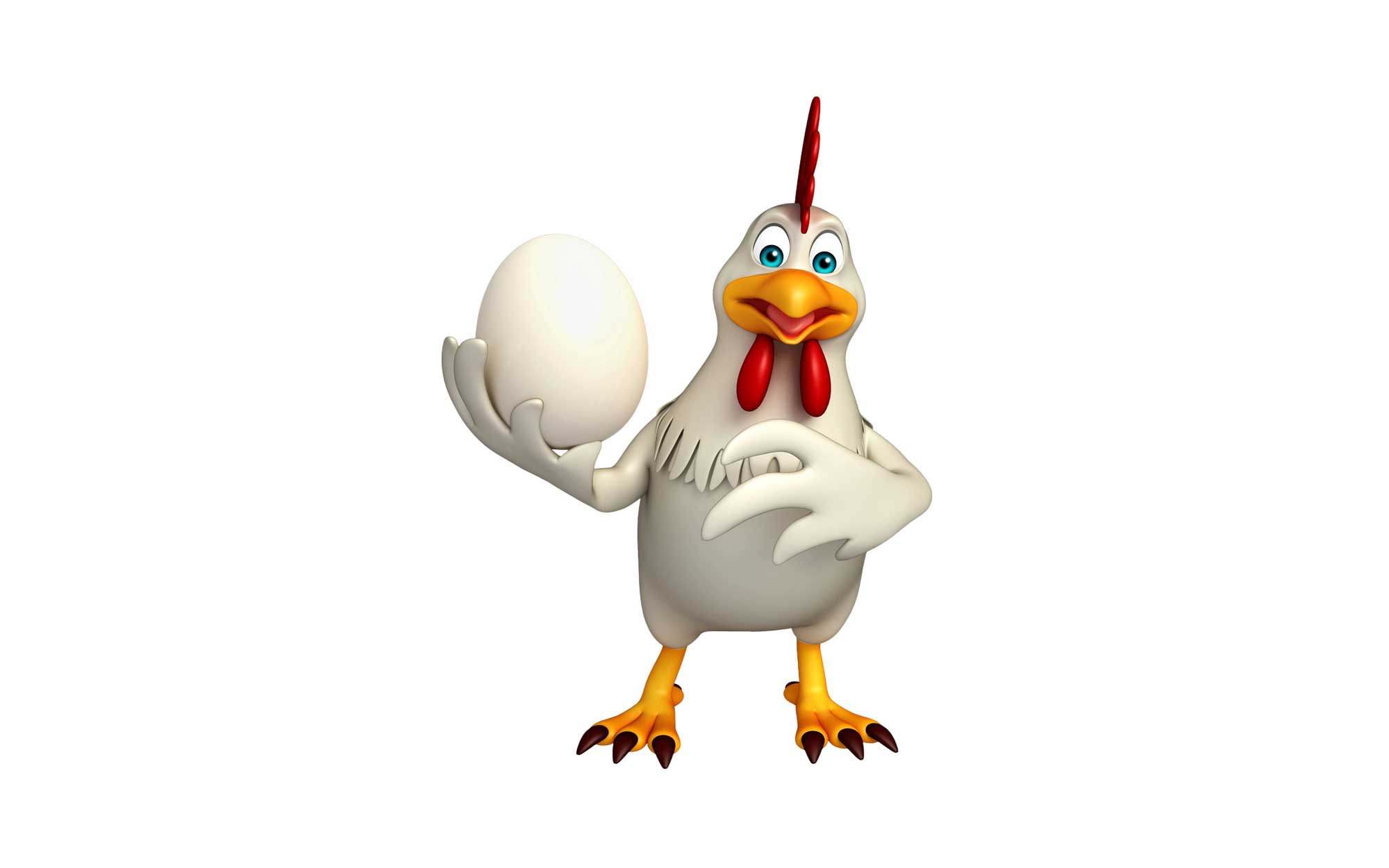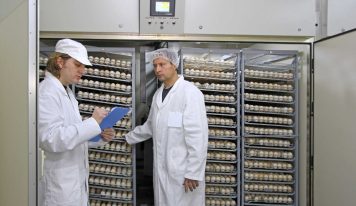In this article, we also provide a preliminary analysis for our future discussion on VGR (which we will explore in more detail), highlighting how innovation (for example, in-ovo sexing) becomes a driver of profitability and resilience. We do so after entering the American market, where changes and innovations (not always worthy of imitation) often spill over into other countries. What we will summarize now has been a source of positive inspiration, demonstrating how resilience generates innovation and benefits on multiple fronts.
The strategic reinvention of the us sheep industry: from commodity to value
According to an analysis by Rabobank*, the U.S. egg industry has completed a decade-long transformation, moving from a market based on standardized raw materials to a sophisticated, high- value-added sector.
(*) Rabobank is one of the leading financial institutions in the Netherlands and a global leader in the Food and Agri (F&A) sector (i.e., the entire food and agricultural value chain); it is structured as a cooperative bank, meaning it is owned by its members (clients in the Netherlands). Internationally, it is renowned for its deep expertise in financing and supporting innovation and sustainability in the agriculture and food sector, operating in dozens of countries around the world.
This epochal shift, driven primarily by the massive shift to cage-free livestock farming, provides crucial lessons for the entire animal protein supply chain, which today faces growing ethical and regulatory pressures.
The transition, although requiring huge capital investments and a redefinition of the supply chain (i.e. the network of activities, people and companies that deals with the entire process of a product, from the sourcing of raw materials to its distribution to the final consumer), has built a more resilient (and profitable) future by aligning production with consumer values.
The transition: a financial challenge too
The shift was largely driven by regulatory changes, rather than simply by demand. This led to a fragmented and complex implementation, with differing mandates depending on the states involved and the customers.
The financial cost to producers has been significant. Production costs are estimated to have increased between 13% and 26% compared to historical averages.
This strain has been exacerbated by the difficulty of synchronizing commitment deadlines with actual conversion plans and the resurgence of highly pathogenic avian influenza (HPAI), which has introduced additional operational risks and bird losses.
Smaller producers, while struggling to sustain the burden of structural conversion, have the opportunity to establish themselves and become more competitive by focusing on market niches and strategic partnerships.
The rise of “Concept Eggs” as a differentiation strategy
While engaged in the complex transition to cage-free systems, many producers thought of an interesting move: shifting their focus to “concept eggs”.
“Concept eggs” are marketed differently because they are produced with extra care, becoming products that incorporate distinctive attributes, such as being GMO-free, antibiotic-free, or pasture-raised. This differentiation has allowed operators to shift from being “price-subscribers” (subject to the market price) to “price-makers” (creating their own price). The premiums obtained from “concept eggs” have been essential to offset the high structural conversion costs.
The success of this choice, however, is conditioned by two essential factors: continuous investment in branding and constant consumer education, which are essential to justify and maintain higher shelf prices over time.
Consumers might think this is just a marketing ploy to raise prices. Instead, it’s a method that, through simple communication choices, attempts to justify the higher production costs faced by the industry and “justifies” them in a fairly transparent manner.
Lessons for the entire protein industry
The experience of the US poultry industry is a clear model for every animal protein segment navigating evolving consumer values and regulatory changes. Rabobank has highlighted the following key strategic directions:
Proactive Engagement: Early and proactive alignment with regulators is crucial to prevent costly inefficiencies.
Operational flexibility: production systems must be adaptable to respond quickly to changing market demands and regulations.
Brand Investment: differentiation in the modern marketplace requires authentic marketing and a constant commitment to consumer education.
Cost Management: manufacturers, especially smaller ones, can maintain their competitiveness by focusing on niche markets and forming strategic partnerships.
Future prospects? Resilience and value
As the industry approaches a significant milestone toward full cage-free compliance by 2026, the focus will remain firmly on value-added production. The transition clearly demonstrates that, while structural changes are costly, they can generate significant industry improvement if aligned with ethical consumer demands and operational efficiency.
By embracing innovation, investing in brand equity, and aligning with consumers’ ethical values, the industry can build a future that remains profitable while demonstrating resilience. For the more casual reader, we remind ourselves that resilience means having the ability to face and adapt positively to adverse situations, trauma, or stress, overcoming difficulties and emerging stronger.
With this article we hope to have explained the transition underway: the transition from the concept of commodity to that of value, which is precisely the basis for our future discussions on the announced themes of the VGR and the “Extended Digestive Circuit” of our own design, which we will explore in greater depth soon.
In the paragraph above, we used the term “commodity” which—in keeping with our intention of clarity—we believe is necessary to explain to those who have only just encountered it: a “commodity” is a raw material or basic good traded on the market in a standardized and fungible manner, with no significant qualitative differences between the various producers.











